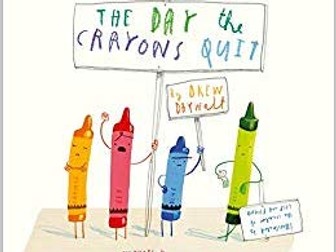The Highway Rat introduction-Thinking Routine
<p>This is a thinking routine for introducing ‘The Highway Rat’. It guides children through the front cover of the book through three parts; I see, I think, I wonder. Children have to write down what they see ( use adjective, noun), what they think might be happening, and then if they have any questions about the text. Ie <em>is The Highway Rat going to be a nice character?</em><br />
Focus on the skill of predicting.</p>
